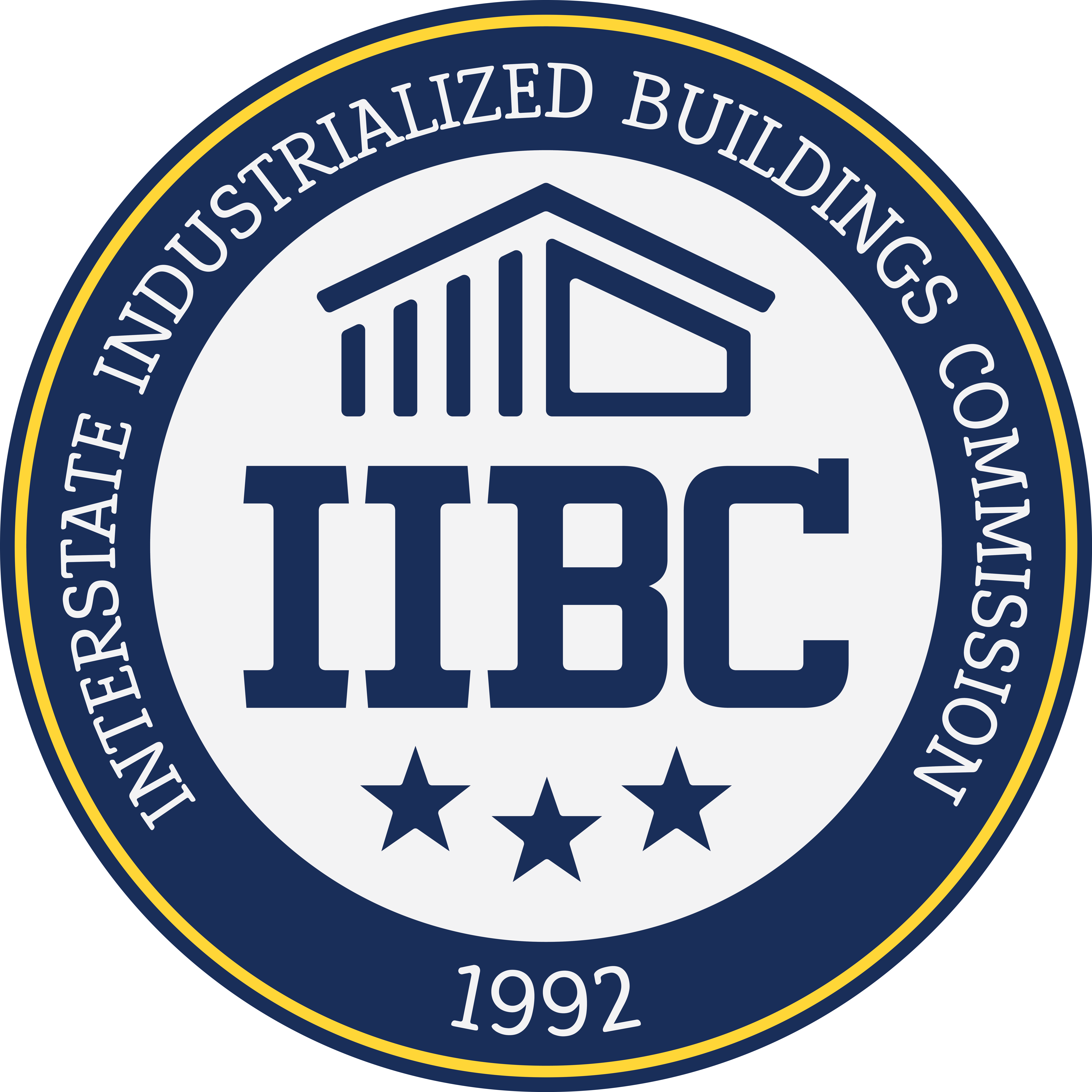Top 10 Significant Changes to 2017 NEC
The following is a brief synopsis of the top 10 changes found in the 2017 National Electrical Code (NEC). Refer to the text of the 2017 NEC for exact language and any applicable conditions for the changes. The Minnesota Board of Electricity has started the rulemaking process for adoption of the 2017 NEC, with an anticipated effective date of July 1, 2017. For more information visit, www.dli.mn.gov/CCLD/Electrical.asp.
- 210.8 GFCI protection in other than dwelling units includes all single-phase receptacles rated ≤150 volts to ground and ≤50 amps as well as all three-phase receptacles rated ≤150 volts to ground and ≤100 amperes installed in below grade crawl spaces and unfinished basements.
- 210.8(E) GFCI protection is required for 120-volt lighting outlets installed in crawl spaces in an occupancy.
- 210.11(C)(4) An exception permits readily accessible outdoor receptacles to be supplied by the dedicated 120-volt, 20-amp receptacle branch circuit in garages.
- 210.12(B) and (C) AFCI requirements include bathroom outlets in dormitory units and all outlets and devices in guest rooms and guest suites of hotels and motels.
- 210.71 Meeting rooms less than 1,000 square feet must have a 15- or 20-amp 125-volt non-locking receptacles.
- 250.94(B) An exception states that an intersystem bonding termination device is not required where communications systems are not likely to be installed.
- Table 310.15(B)(3) (C) The ampacity adjustment for raceways and cables on rooftops only applies when raceways and cables are installed less than 7/8 inch above the roof.
- 336.10(9) Type TCER cable with power and control conductors is permitted for interior wiring in one and two-family dwellings when installed according to Part II of Article 334.
- 406.12 In addition to previously required locations, 125- and 250-volt non-locking-type tamper-resistant receptacles locations include preschools, elementary education, medical and dental offices, outpatient facilities, assembly occupancies and dormitories.
- Article 555 The rules apply at one- and two-family and multi-family dwellings. Overcurrent devices shall have ground-fault protection not exceeding 30 mA. Electric shock hazard warning signs must be posted.
Reprinted with permission CCLD Review – Winter 2016
